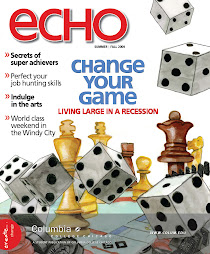
Taximeters are not a feature in taxi transportation in Lima. All fares are negotiable. Taxis will honk at you trying to get your attention. You can size them up before you accept their friendly invitation and see if the model, size or appearance fulfills your desires. They can be modern, old, ugly and uglier. Once you stop one, you ask something like: “How much is it from here to (your destination)?” The cab driver will size you up and say a price. If you feel it is on the “expensive” side you give a counter offer. He can get back at you with something in between and if you feel comfortable you just hop in. That simple. And there is no surcharge if there are more than two passengers.
For U.S standards, taxis are very cheap in Lima. Three dollars can drive you two miles. Gasoline is more expensive than in the United States but these drivers work for very little. From what I have seen a lot of these drivers exercise this job when unemployed. A lot of them rent the cars from other people and work them in two shifts of 12 straight hours. I have also noticed some of these cars use natural gas instead of gasoline, which is cheaper and cleaner. And you don’t tip. It’s not customary. But beware of the ones who will notice you have an accent or look like a tourist. They will ask you for a higher price.















